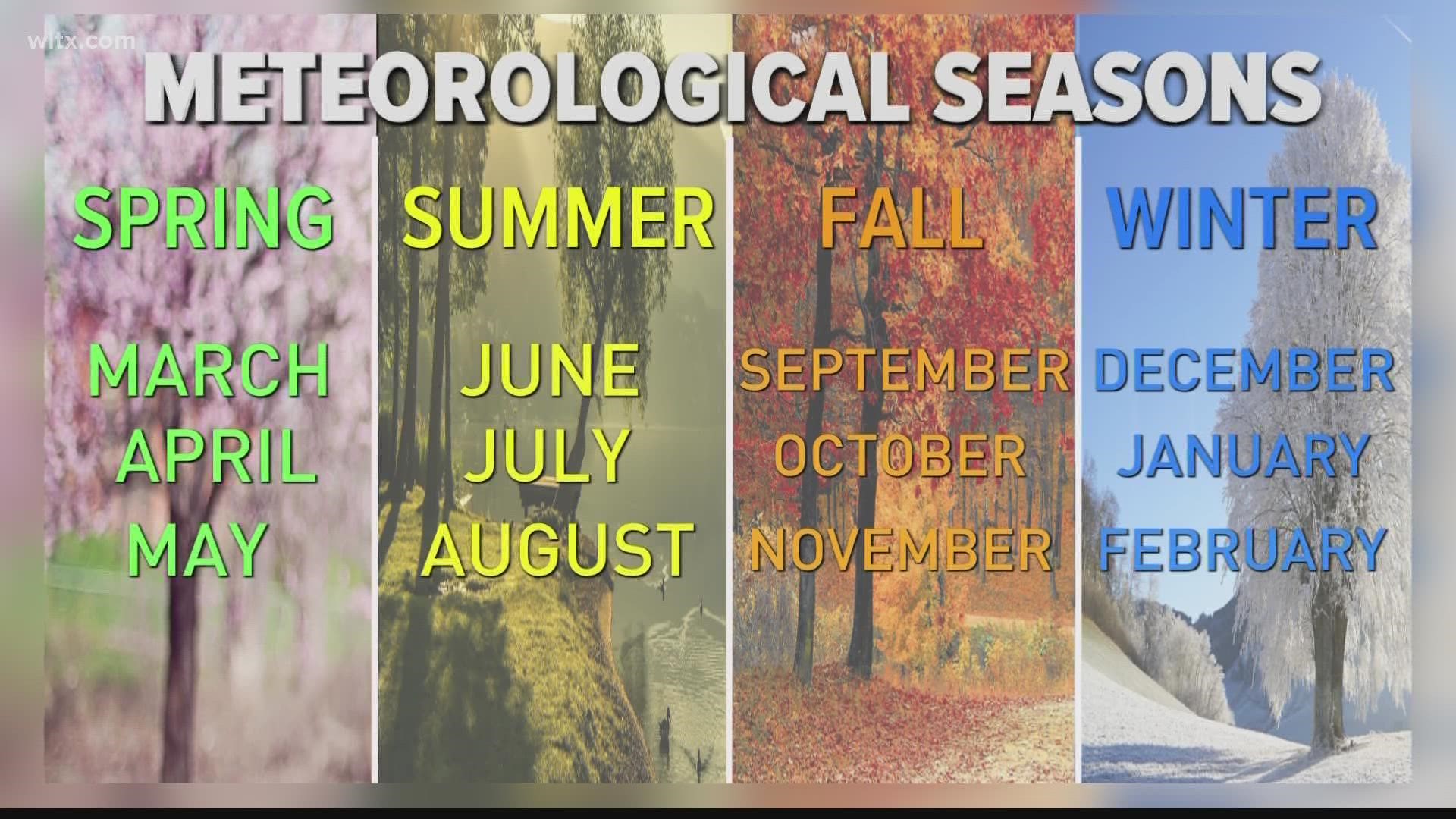COLUMBIA, S.C. — Natural phenomena have been used for thousands of years to establish time.
In the Northern Hemisphere, December 21st or 22nd is the date of the winter solstice. This day is sometimes called the “shortest day of the year” due to the fewest hours of sunlight Earth receives as it is tilted the furthest away from the Sun.
The astronomical calendar defines the four seasons with two solstices and two equinoxes. The summer solstice is in June, the spring equinox is in March, and the autumnal equinox is in September. In simple terms, Astronomical seasons are based on the position of Earth in relation to the sun.
Meteorological seasons were established in the 1900s. Meteorologists used the calendar and annual temperature cycles to break down the seasons into groupings of three months.
In the Northern Hemisphere, Meteorological winter begins on the first of December and lasts until the end of February. According to the National Oceanic and Atmospheric Administration (NOAA), it has become easier to calculate seasonal statistics from the monthly statistics. NOAA says both of which can be useful for farmers, commerce, and a variety of other purposes.

